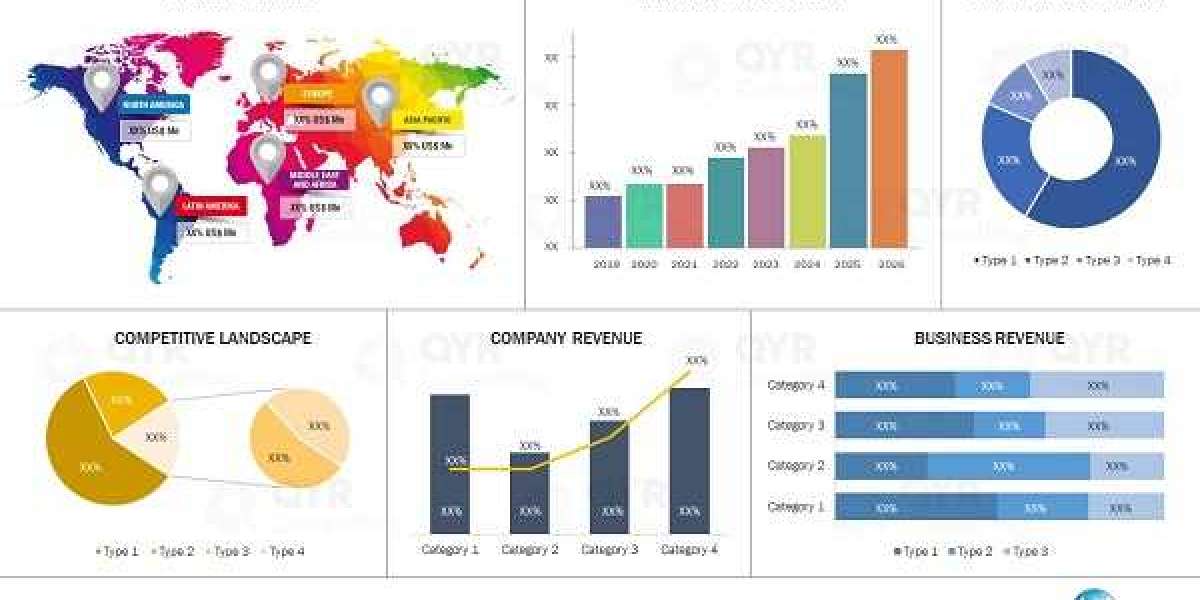Hypeplay is an exciting and dynamic online gaming platform designed to offer a smooth and enjoyable experience for players across the world. With an easy-to-use interface and a wide variety of games, Hypeplay has become a popular choice for both casual and competitive gamers. The platform provides quick access to its vast game library, which includes everything from action-packed shooters to puzzle games, ensuring there’s something for everyone. Whether you’re on desktop or mobile, the platform is optimized for both, offering flexibility for gamers on the go.
The platform comes with a host of features that improve the user experience, including live game statistics, community chat, and real-time leaderboards. These features foster a sense of community among players and keep them engaged. Hypeplay also places a high emphasis on security, employing state-of-the-art encryption to protect users’ personal and financial data. This focus on safety allows players to enjoy their gaming sessions without worrying about data breaches or fraud.
The popularity of Hypeplay continues to grow due to its impressive game library and commitment to providing a safe and fun environment for its users. Regular promotions and rewards keep players returning, while the responsive customer service ensures that any issues or inquiries are addressed quickly. As the platform continues to expand, Hypeplay remains a top contender in the online gaming industry, thanks to its user-friendly design and broad game selection.
Hypeplay offers a diverse range of games, catering to different tastes and skill levels. Whether you're into competitive multiplayer games or relaxing solo experiences, you’ll find something that suits your preferences. The community aspect of the platform is one of its greatest strengths, with players sharing their strategies and experiences. Hypeplay’s emphasis on security, game variety, and excellent customer support makes it a popular and reliable choice for gamers everywhere.










